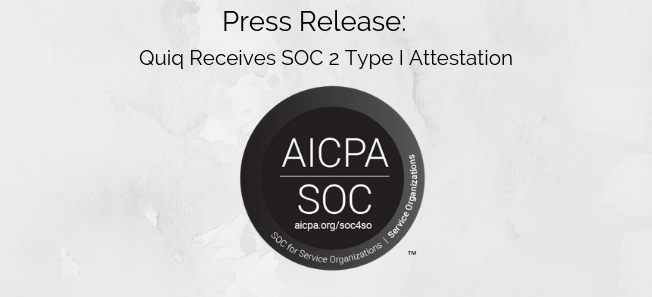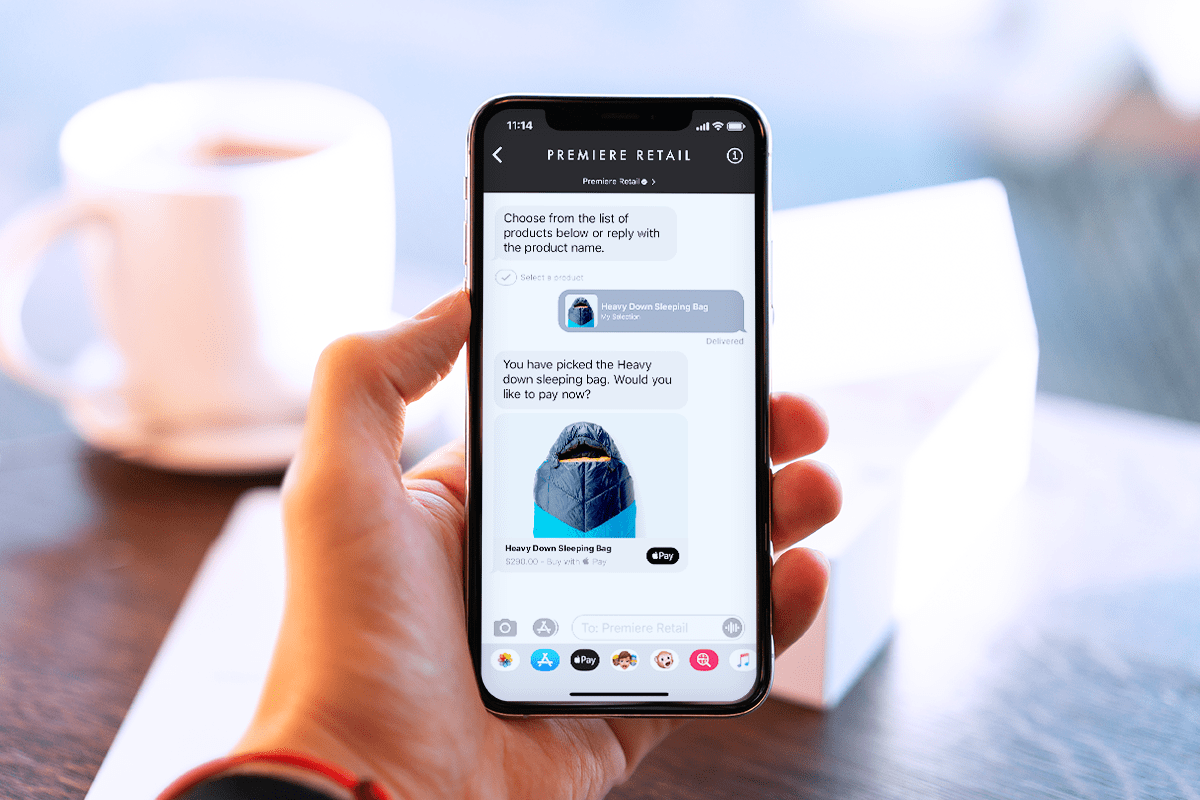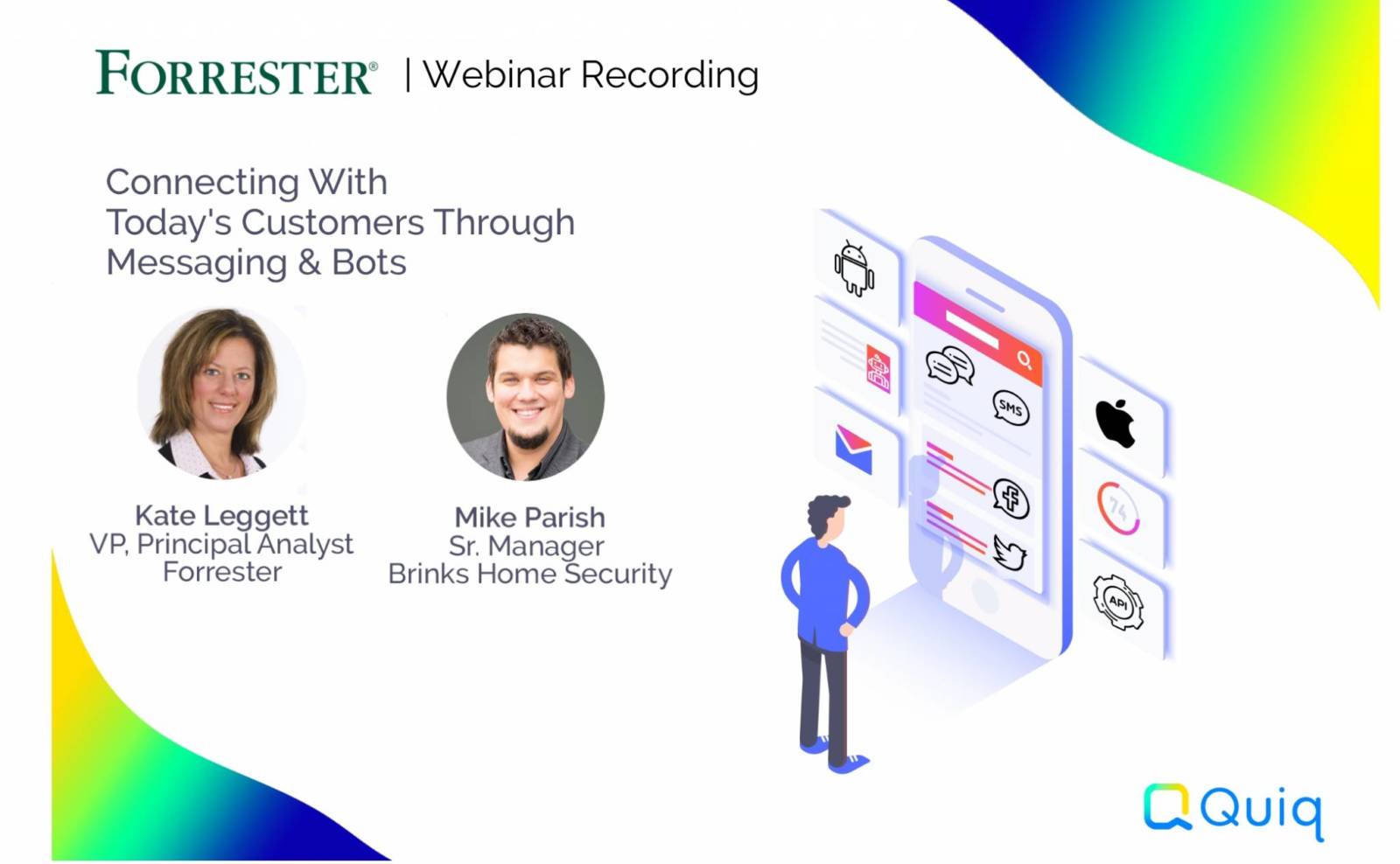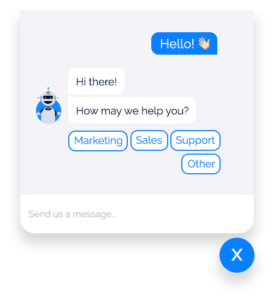Texas A&M, a public university located in College Station, Texas, has been providing students with quality education since opening its doors in 1876 as the state’s first public institution for higher education. Today, the school is home to over 68,000 students that benefit from its ability to drive innovation on campus.
But innovation isn’t just happening in classrooms and labs, it’s also evident in the way the school communicates with students. Emails had been the official way Texas A&M shared information with students. Realizing that students weren’t reading their emails, the school looked for alternative ways to reach their students beyond the email, phone calls, and auto-dialer they typically employed. A pilot with Quiq to test text messaging students was launched in June and the school isn’t looking back.
“Students are so glad they didn’t have to wait in a phone queue!”
Rachelle McDonald, Director of Customer Service
Successful adoption of messaging at Texas A&M
When asked about Quiq’s implementation and its integration into the schools existing CRM system, Oracle Service Cloud, Texas A&M’s Customer Service Team “didn’t remember even one problem or issue.” Now the school’s call center, which is staffed by 8 student workers, can handle both inbound and outbound texts from new and existing students.
“The student workers love using text messaging,” states Peggy Carey, Director of Student Business Services. The ability to add emojis makes conversations more personal and staff has found this channel to be much faster than phone calls.
The new channel has also been well received by students who appreciate not having to wait in a phone queue with questions. Students are pleasantly surprised that when they text in, staff can see their profile and past interaction history for more information.
Messaging use cases at Texas A&M
So far, university staff has seen an increase in response rates to some of the most common, but critical communications with students, such as reminding students to choose between locked and variable tuition rates or alerting students when they are at risk of being dropped from classes due to non-payment. Messaging conversations, which are usually resolved in 5 messages back and forth, has proven to be a fast and effective way to engage students, especially during busy times of the year.
Other successful examples of messaging at Texas A&M include:
- When students are missing a photo for their required ID, the school sends an outbound message with a link where students can submit their photo. With messaging, the school has seen a 14% increase in the number of students who click on the message and comply.
- Students are encouraged to sign up for direct deposit to receive refunds. This is also communicated through a link sent via text, which opens directly to the appropriate website. Every student that responds to this request saves the university the workload and expense of having to cut a check for disbursements, which costs about $3 per check.
- When a student leaves the university with an unpaid balance, collections can send a message that complies with the Fair Debt Collection Practice Act instead of calling, seeing a much higher response rate.
- New students are offered the option of locked or variable tuition when they enroll, allowing them to align their choice to their education plans.
So What’s Next?
The university has seen a lot of students respond to messaging, but they believe there’s more room to grow. Texas A&M admits to taking things slowly with messaging at first, having initially promoted messaging through outbound texts only. Within two months the school added a “Text SBS” button to their website, so students could text directly from there. Now, the university is ready to push the channel further by promoting the “text us” feature on other mediums and expand on the success they’ve seen. For example, Student Business Services plans to promote the option to text on the emailed billing statements. They also plan to present students with the option to send a text message instead of waiting on hold in their IVR.
Along with added promotional efforts, Texas A&M plans to increase communications over the messaging channel, to both broad and targeted audiences. This summer, when online photo submission becomes a requirement for students, the school will push the message via text to all students. Targeted efforts include informing graduating students when their diploma will be held due to non-payment and notifying students to sign up for direct deposit to receive Title IV student aid funds that have been returned.
Texas A&M continues to push innovation past the walls of the classroom to deliver excellence beyond the athletic fields by offering messaging as a way to better engage with students. The school has realized great success in communicating time-sensitive information to new and existing students and doesn’t plan on looking back.







